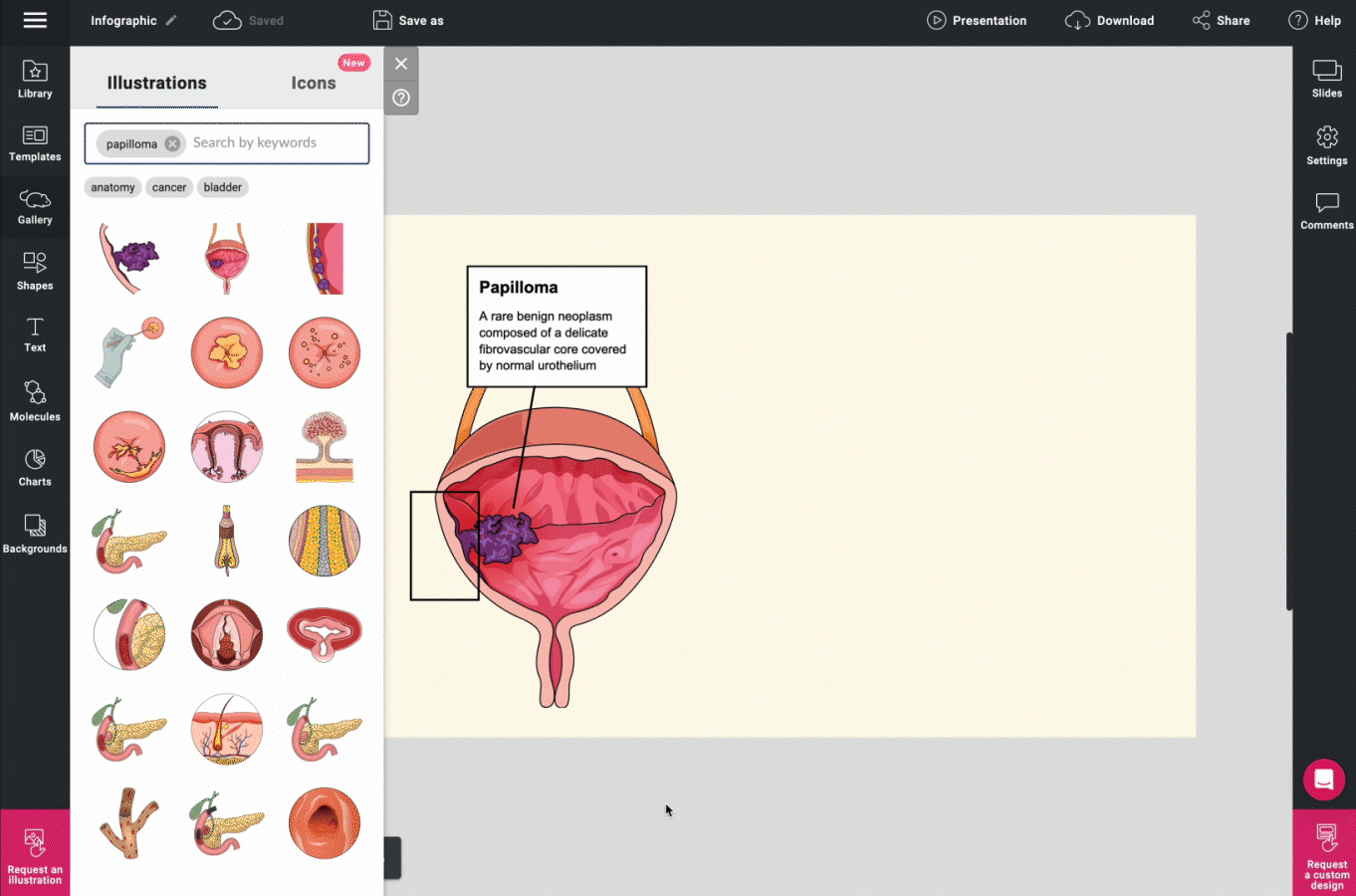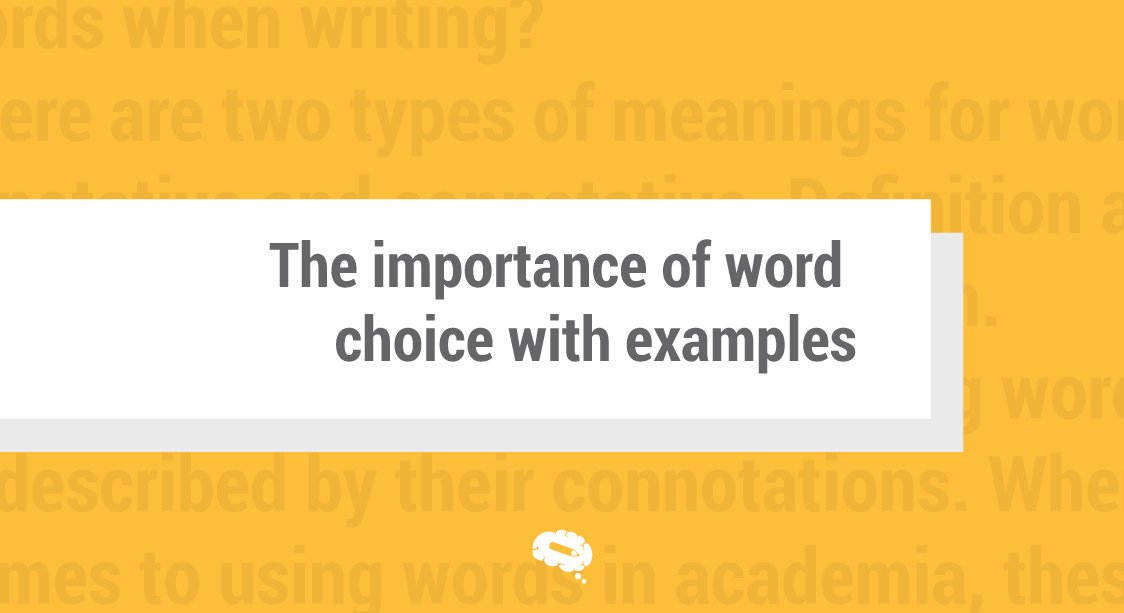Reducing word count without compromising clarity or content in written works holds several important benefits. Knowing how to reduce word count, firstly, enhances readability by eliminating unnecessary or redundant information, allowing readers to grasp the main points more efficiently. It also improves overall conciseness, making the text more concise and to the point. Reducing word count can increase the impact and engagement of the writing, as shorter and more focused sentences tend to hold the reader’s attention better.
Identifying Wordiness
Identifying wordiness can be done by examining the clarity and conciseness of writing. Look for instances where the ideas can be expressed more directly and succinctly. Pay attention to unnecessary repetition, redundant phrases, excessive modifiers, and verbose language. Consider if any sentences or phrases can be simplified without compromising the intended meaning. Additionally, be mindful of using precise and specific language to convey the message effectively. Proofreading and editing the text can help identify and eliminate wordiness.
Eliminating Redundancy
Eliminating redundancy in a text is a crucial aspect of effective writing. To achieve this, authors can employ several strategies. Firstly, they should review the text carefully to identify repetitive words, phrases, or ideas. Redundant modifiers, such as using “absolutely essential” instead of just “essential,” can be removed to streamline the message. Authors can avoid restating information that has already been conveyed, ensuring each sentence contributes new and relevant content.
It is also helpful to avoid unnecessary qualifiers or intensifiers that do not add value to the sentence’s meaning. Simplifying complex sentence structures and replacing wordy phrases with concise alternatives can further reduce redundancy. Thorough editing and proofreading are essential to spot and eliminate any remaining redundancies. By diligently applying these techniques, authors can create clear, concise, and engaging writing that effectively conveys their message without unnecessary repetition.
Replacing Phrases with Words
To reduce word count and make writing more concise, consider replacing phrases with single words when possible. Here are some strategies:
Seek synonyms
Look for single words that convey the same meaning as a longer phrase. For example, replace “in the event that” with “if,” or “due to the fact that” with “because.”
Be specific
Instead of using broad or vague phrases, opt for precise words that capture the intended meaning. For instance, replace “a large number of” with “many” or “numerous.”
Use abbreviations or acronyms
Consider using abbreviations or acronyms to condense phrases into shorter representations. For example, replace “United States of America” with “USA”.
Simplify expressions
Look for phrases that can be simplified into a single word. For instance, replace “make a decision” with “decide” or “reach a conclusion” with “conclude.”
Condense prepositional phrases
Prepositional phrases can often be replaced with a single word or verb form. For example, replace “in the vicinity of” with “near” or “with the exception of” with “except.”
Deleting Adverbs and Adjectives
One effective strategy on how to reduce word count is to delete unnecessary adverbs and adjectives. Here is why and how to do it:
Adverbs
Adverbs are words that modify verbs, adjectives, or other adverbs. They often end in “-ly” and provide additional information about how an action is performed. However, they can sometimes be redundant or add unnecessary detail. To reduce word count, review each adverb and check if it truly enhances the meaning or if the sentence can do without it. For example, replace “He ran quickly” with “He sprinted.”
Adjectives
Adjectives are words that describe or modify nouns. While they can add vividness and specificity to the writing, using too many adjectives can make sentences wordy. To reduce word count, evaluate each adjective and determine if it contributes significantly to the description. Aim for precise and impactful adjectives rather than stacking multiple ones. For example, replace “The big, beautiful, magnificent house” with “The grand house.”
Eliminating Connectives and Prepositions
To achieve a more concise writing style, consider removing extraneous connectives and prepositions. These small words can often be streamlined or removed without affecting the clarity or meaning of sentences. Here is how to do it:
Connectives
Connectives such as “and,” “but,” “however,” and “therefore” are used to link ideas or clauses within a sentence. While they are important for coherence, overusing them can make writing wordy. Review each connective and assess if it is essential for conveying the intended meaning. Sometimes, sentences can be rephrased or restructured to remove the need for certain connectives. For example, replace “I went to the store, and I bought some groceries” with “I went to the store and bought groceries.”
Prepositions
Prepositions are words that express relationships between nouns, pronouns, or other words in a sentence. Common examples include “in,” “on,” “at,” “from,” and “to.” While prepositions are necessary for conveying location, direction, or time, they can be minimized to reduce the word count. Examine each prepositional phrase and consider if it can be reworded or omitted without sacrificing clarity. For example, replace “The cat jumped over the fence and landed safely on the other side.” with “Cat jumped fence and landed safely.”
Deleting Auxiliary Verbs
In the pursuit of concise and streamlined writing, one effective technique to reduce word count is the deletion of auxiliary verbs. Auxiliary verbs, such as “be,” “do,” and “have,” often add unnecessary length to sentences without significantly altering the meaning. By carefully evaluating each sentence and removing auxiliary verbs that do not contribute crucial information, writers can achieve a more succinct and impactful style. This approach not only reduces excessive word usage but also improves the overall clarity and flow of the text.
Reducing the Introduction and Conclusion
Reducing the length of the introduction and conclusion without sacrificing their meaning requires careful consideration and concise writing techniques. Start by analyzing each sentence and identifying unnecessary words or repetitive phrases. Reduce lengthy sentences by removing redundancies and replacing wordy expressions with more concise alternatives. Focus on conveying the main points and capturing the reader’s attention efficiently. In the conclusion section, set a word count goal and strive to maintain consistency, summarize the key takeaways and main arguments succinctly, avoiding unnecessary repetition or lengthy explanations.
Cutting Out Repetitive Chapter Linking Sections
To cut out repetitive chapter-linking sections while maintaining the meaning, you can employ a few strategies. First, carefully review each chapter’s linking section and identify any repetitive information or redundant phrases. Look for opportunities to consolidate or condense the information into a single comprehensive section. Focus on conveying the main connections between chapters concisely, without restating the same points repeatedly.
Consider using clear subheadings or bullet points to highlight the key linking concepts, making it easier for readers to navigate and understand the flow of the text. Ensure that the transitions between chapters are smooth and logical, allowing the reader to follow the progression of ideas without unnecessary repetition. By streamlining the chapter linking sections, you can reduce word count while maintaining the coherence and meaning of the text.
Using Active Voice Instead of Passive Voice
To make a text better, consider using active voice instead of passive voice. Active voice provides a more direct and engaging writing style. Here are some tips for using active voice effectively:
Identify the subject: In active voice, the subject performs the action. Ensure that the subject of the sentence is clear and active.
Place the subject before the verb: Structure the sentences so that the subject comes before the verb. This emphasizes the “doer” of the action and makes the sentence more straightforward.
Use strong verbs: Choose strong, action-oriented verbs that convey the intended meaning clearly. Avoid weak or vague verbs that may require additional words to convey the same message.
Check for “to be” verbs: Passive voice often relies on “to be” verbs (e.g., is, was, were). Whenever possible, replace these verbs with more specific action verbs.
Consider the context: While active voice is generally preferred, there may be instances where passive voice is appropriate or necessary. Evaluate the context and purpose of writing to determine which voice is most suitable.
Online Infographic Maker for Science
Mind the Graph is an innovative online infographic maker specifically designed to assist scientists in visualizing their research findings and data in a visually compelling and impactful way. With a wide range of customizable templates, scientists can easily create stunning infographics that effectively communicate complex scientific concepts to a broader audience. The platform offers an extensive library of scientific illustrations, icons, and graphs, allowing researchers to enhance their visual representations with accurate and relevant visuals.
By using Mind the Graph, scientists can save valuable time and effort in designing eye-catching infographics, enabling them to focus more on their research and effectively disseminate their scientific discoveries to the world.


Subscribe to our newsletter
Exclusive high quality content about effective visual
communication in science.





